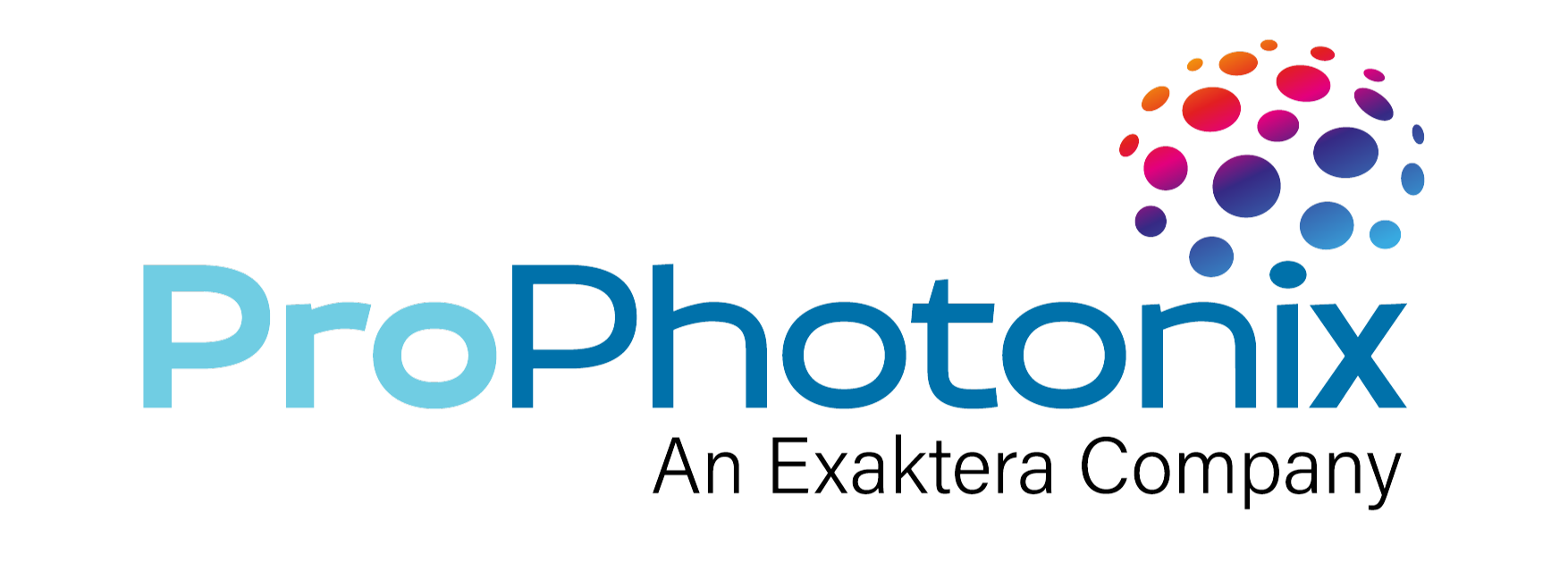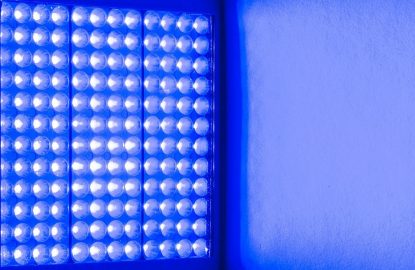There are several factors that must be considered when seeking to enhance the quality of your throughput utilizing machine vision lighting. Three of the most important factors are wavelength, uniformity and angle of illumination. This post looks at these three important factors and their impact on image quality.
In machine vision systems, the purpose of the system is to identify certain features of an object. The key to optimizing image quality is to maximize contrast between these features of interest and the background material.
Selecting the optimum wavelength
When seeking to optimize your machine vision lighting, it is recommended that an optimum wavelength study be undertaken. As machine vision cameras have wide and varied spectral responses, it is important to consider all parts of the spectrum, not only visible light, but also non-visible infrared, (IR) or ultraviolet, (UV) light. IR machine vision lighting can be used, for example, to diminish color effects in a monochrome image. This can simplify image analysis resulting in faster processing times. UV machine vision lighting is ideal in certain applications such as food sorting and currency inspection.
Uniformity
It stands to reason that to obtain a clear image, you need a uniform light source. If the light is not uniform, the system will have difficulty in distinguishing between the features of interest and non-uniformities caused by the lighting. ProPhotonix utilizes an LED packaging technique known as Chip on Board technology, which results in extremely uniform LED arrays due to the high packing density of the LEDs.
Angle of illumination
To obtain a high-quality image, it’s critical that the correct angle of illumination is selected for each application. The shape, surface structure and material type of the target object will all influence the way light is reflected.
When seeking to maximize quality in machine vision lighting, designers should pay particular attention to wavelength selection, uniformity and the angle of illumination.To learn more




